Similarities in Evolution of Aggregate Size Distributions during Successive Wetting and Drying Cycles of Heavy Textured Soils of Variable Clay Mineralogy
Abstract
:1. Introduction
2. Materials and Methods
2.1. Soils Studied
2.1.1. Puerto Rico Study
Soil Sampling and Determination of General Soil Chemical and Physical Properties
Procedure for Measuring Soil Fragmentation under Wetting and Drying Cycles
2.1.2. Study in the U.K.
2.1.3. Study in the PRC
2.2. Data Representation and Analysis
2.2.1. Cumulative Distributions of Aggregates
2.2.2. Representation of Aggregate Size Distributions as Scale Models of Each Other
2.2.3. Dimensionless Representation of Similarity Relations among Distributions
3. Results
3.1. Experimental Aggregate Size Distributions
3.2. Representation of Aggregate Size Distributions in Terms of the Scaling Parameter
3.3. Analysis of Factors Influencing the Value of the Scale Parameter
3.3.1. Variation of as a Function of Number of Wetting and Drying Cycles
3.3.2. Variation of as a Function of Soil Type
3.4. Dimensionless Representation of Similar Aggregate Size Distributions
4. Discussion
Author Contributions
Funding
Institutional Review Board Statement
Informed Consent Statement
Data Availability Statement
Acknowledgments
Conflicts of Interest
References
- Snyder, V.A.; Rivadeneira, J.; Lugo, H.M. Temporal changes in soil structure and hydraulic properties in the plow layer of an Oxisol (Orthic Ferralsol) following tillage. Adv. Geoecol. 2000, 32, 314–324. [Google Scholar]
- Parvin, N.; Sandin, M.; Larsbo, M. Seedbed consolidation and surface sealing for soils of different texture and soil organic contents. Soil Tillage Res. 2021, 206, 104849. [Google Scholar] [CrossRef]
- Keller, J. Sprinkler intensity and soil tilth. Trans. Am. Soc. Ag. Eng. 1970, 13, 118–125. [Google Scholar] [CrossRef]
- Stengel, P. Cracks formation during swelling: Effects on soils structure regeneration after compaction. In Proceedings of the 11th International Conference. International Soil Tillage Organization (ISTRO), Edinburgh, UK, 11–15 July 1988; Volume 1, pp. 47–51. [Google Scholar]
- Or, D. Wetting-induced soil structural changes: The theory of liquid phase sintering. Water Resour. Res. 1996, 32, 3041–3049. [Google Scholar] [CrossRef]
- Payne, D. Some factors affecting the breakdown of soil crumbs on rapid wetting. In Proceedings of the Transactions 5th International Congress of Soil Science, Leopoldville, Democratic Republic of the Congo, 16–21 August 1954; Volume 2, pp. 53–58. [Google Scholar]
- Soil Physics, 4th ed.; Baver, L.D.; Garder, W.H.; Gardner, W.R. (Eds.) Wiley: New York, NY, USA, 1972. [Google Scholar]
- Grant, C.D.; Dexter, A.R. Air entrapment and differential swelling as factors in the mellowing of moulded soils during rapid wetting. Aust. J. Soil Res. 1990, 28, 361–369. [Google Scholar] [CrossRef]
- Dexter, A.R.; Kroesbergen, B. Methodolgy for determination of tensile strength of soil aggregates. J. Agric. Eng. Res. 1985, 31, 139–147. [Google Scholar] [CrossRef]
- Bjorneberg, D.L.; Sojka, R.E.; Aase, J.K. Pre-wetting effect on furrow irrigation erosion: A field study. Trans. Am. Soc. Agric. Eng. 2002, 45, 717–722. [Google Scholar] [CrossRef]
- Bityukov, K.K. Preservation of soil structure during overhead irrigation (Translation). J. Agric. Eng. Res. 1957, 2, 313–320. [Google Scholar]
- Gornat, B.; Goldberg, D. Effect of sprinkler irrigation intensity on the flowering and yield of peanuts grown in three different soils. Isr. J. Agric. Res. 1967, 17, 187–1911. [Google Scholar]
- Witte, K. Soil damages and its elimination and its elimination by sprinkling irrigation. La Irrig. A Pioggia Italy 1956, 3, 106–126. [Google Scholar]
- Shiel, R.S.; Adey, M.A.; Lodder, M. The effect of successive wet/dry cycles on aggregate size distribution in a clay texture soil. J. Soil Sci. 1988, 39, 71–80. [Google Scholar] [CrossRef]
- Xu, J.; Tang, Y.; Shou, J. Effect of drying-wetting cycles on aggregate breakdown for yellow-brown earths in karst areas. Geoenviron. Disasters 2017, 4, 20. [Google Scholar] [CrossRef]
- Griffith, A.A. The phenomena of rupture and flow in solids. Proc. Phil. Tans. R. Soc. Lond. Sect. A 1921, 221, 163–198. [Google Scholar]
- Memhard, D.; Brocks, W.; Fricke, S. Characterization of ductile tearing resistance by an energy dissipation rate. Fatigue Fract. Eng. Mater. Struct. 1993, 16, 1109–1124. [Google Scholar] [CrossRef]
- Day, P.R. Particle fractionation and particle size analysis. In Methods of Soil Analysis. Agronomy Monograph No. 9. Part 1; Black, C.A., Ed.; Physical and Mineralogical Methods; American Society of Agronomy: Madison, WI, USA, 1965. [Google Scholar]
- Kettler, T.A.; Doran, J.W.; Gilbert, T.L. Simplified method for soil particle-size determination to accompany soil-quality analyses. Soil Sci. Soc. Am. J. 2001, 65, 849–852. [Google Scholar] [CrossRef]
- ASTM. Standard Test Methods for Liquid Limit, Plastic Limit, and Plasticity Index of Soils; ASTM D4318-17e1; ASTM International: West Conshohocken, PA, USA, 2017. [Google Scholar]
- B.S. 1377-2; Methods of test for soil for civil engineering purposes. Classification Tests. Civil engineering, Earthworks; Excavations; Foundation construction; Underground works. British Standards Institution: London, UK, 1990.
- FAO. Standard Operating Procedure for Soil Organic Carbon. In Walkley-Black Method: Titration and Colorimetric Method; Glosolan SOP 2; Global Soil Laboratory Network: FAO, Rome, 2020. [Google Scholar]
- Miller, E.E.; Miller, R.D. Physical theory for capillary flow phenomena. J. Appl. Phys. 1956, 27, 324–332. [Google Scholar] [CrossRef]
- Warrick, A.W.; Mullen, G.J.; Nielsen, D.R. Scaling field-measured soil hydraulic properties using a similar media concept. Water Resour. Res. 1977, 13, 355–362. [Google Scholar] [CrossRef]
- Simmons, C.S.; Nielsen, D.R.; Biggar, J.W. Scaling of field measured soil water properties. Hilgardia 1979, 47, 77–174. [Google Scholar] [CrossRef]
- Russo, D.; Bresler, E. Scaling soil hydraulic properties of a heterogeneous field. Soil Sci. Soc. Am. J. 1980, 44, 681–683. [Google Scholar] [CrossRef]
- Van Bavel, C.H.M. Mean weight-diameter of soil aggregates as a statistical index of aggregation. Soil Sci. Soc. Am. Proc. 1950, 14, 20–23. [Google Scholar] [CrossRef]
- Wu, I.; Vomocil, J.A.; Childs, S.W. Pore size, particle size, aggregate size, and water retention. Soil Sci. Soc. Am. J. 1990, 54, 952–956. [Google Scholar] [CrossRef]
- Nimmo, J.R. Modeling structural influences on soil water retention. Soil Sci. Soc. Am. J. 1997, 61, 712–719. [Google Scholar] [CrossRef]
- Sharma, M.L.; Uehara, G. Influence of Soil Structure on Water Relations in Low Humic Latosols: I. Water retention. Soil Sci. Soc. Am. J. 1968, 32, 765–770. [Google Scholar] [CrossRef]
- Sharma, M.L.; Uehara, G. Influence of Soil Structure on Water Relations in Low Humic Latosols: II. Water movement. Soil Sci. Soc. Am. J. 1968, 32, 770–774. [Google Scholar] [CrossRef]
- Guber, A.; Rawls, W.J.; Shein, E.V.; Pachepsky, Y. Effect of soil aggregate size distributions on water retention. Soil Sci. 2003, 168, 223–233. [Google Scholar] [CrossRef]
- Slawinski, C.; Witkowska-Waltczak, B.; Lipiec, J.; Nosalewicz, A. Effect of aggregate size on water movement in soils. Int. Agrophysics 2011, 25, 53–58. [Google Scholar]
- Lipiec, J.; Walcza, R.; Witkowska-Walczak, R.; Nosalewicz, A.; Slowiáska-Jurkiewicz, A.; Slawinski, C. The effect of aggregate size on water retention and pore structure of silt loam soils of different genesis. Soil Tillage Res. 2007, 97, 239–246. [Google Scholar] [CrossRef]
- Tillotson, P.R.; Nielsen, D.R. Scale factors in soil science. Soil Sci. Soc. Am. J. 1984, 48, 953–959. [Google Scholar] [CrossRef]
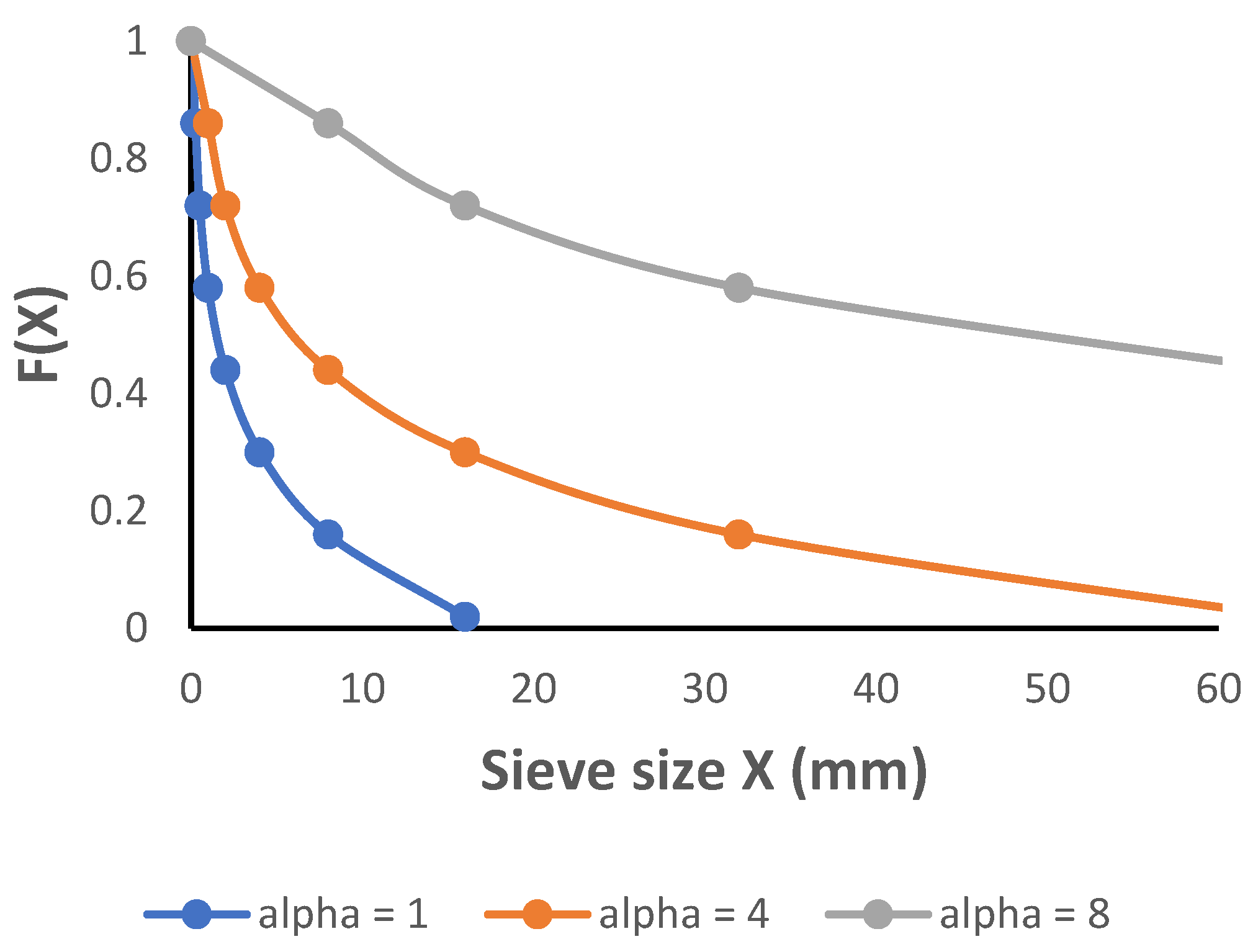
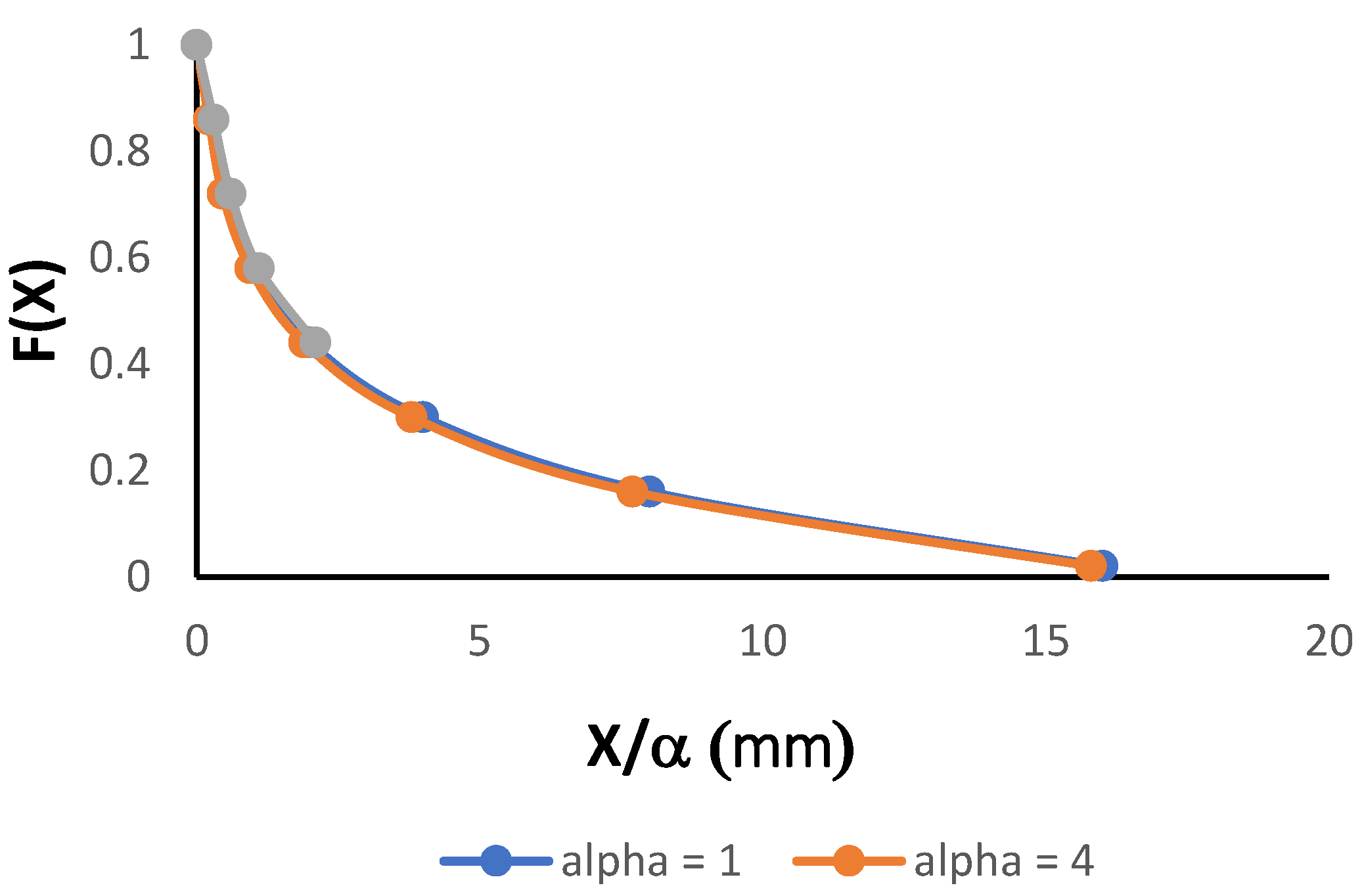
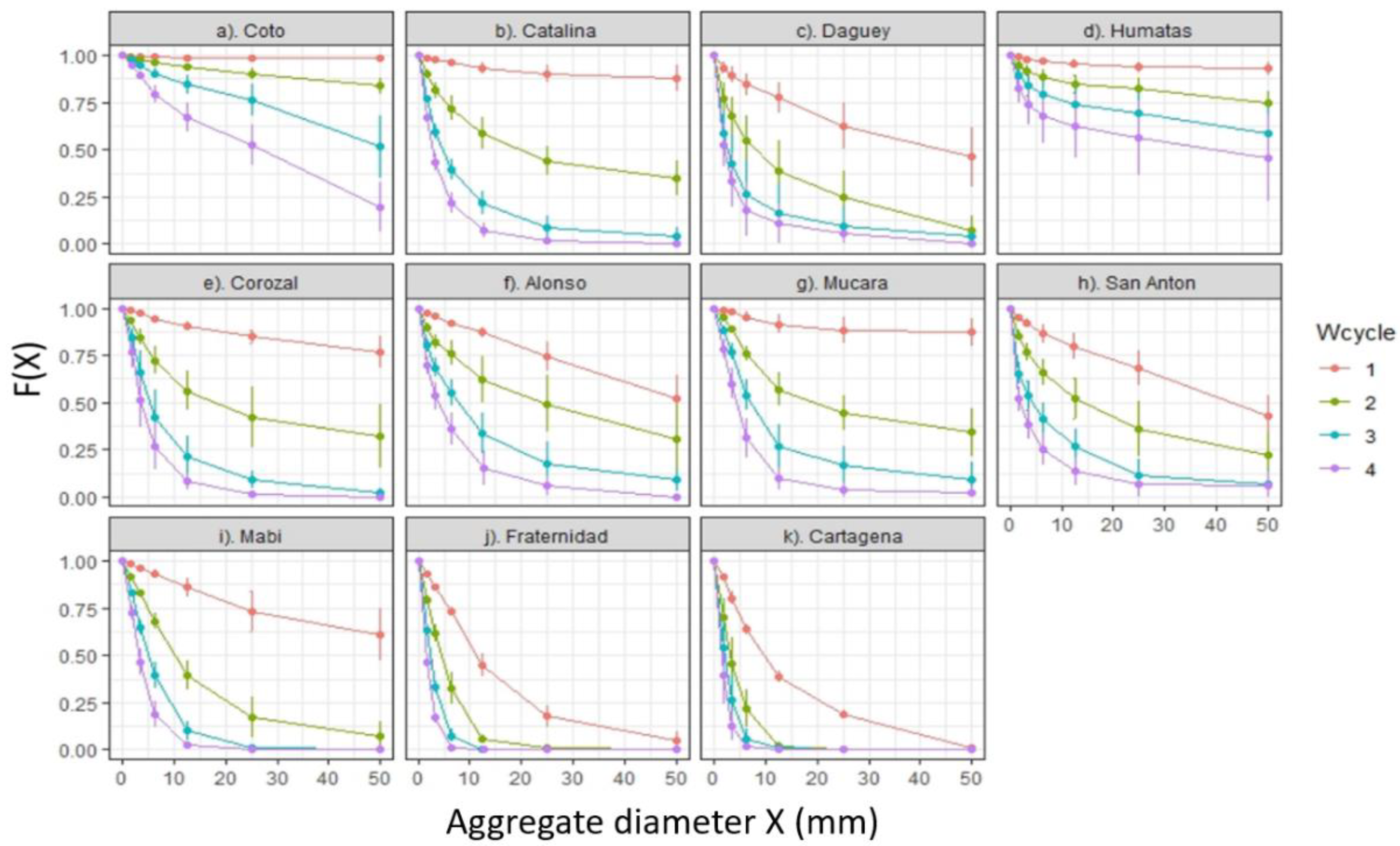
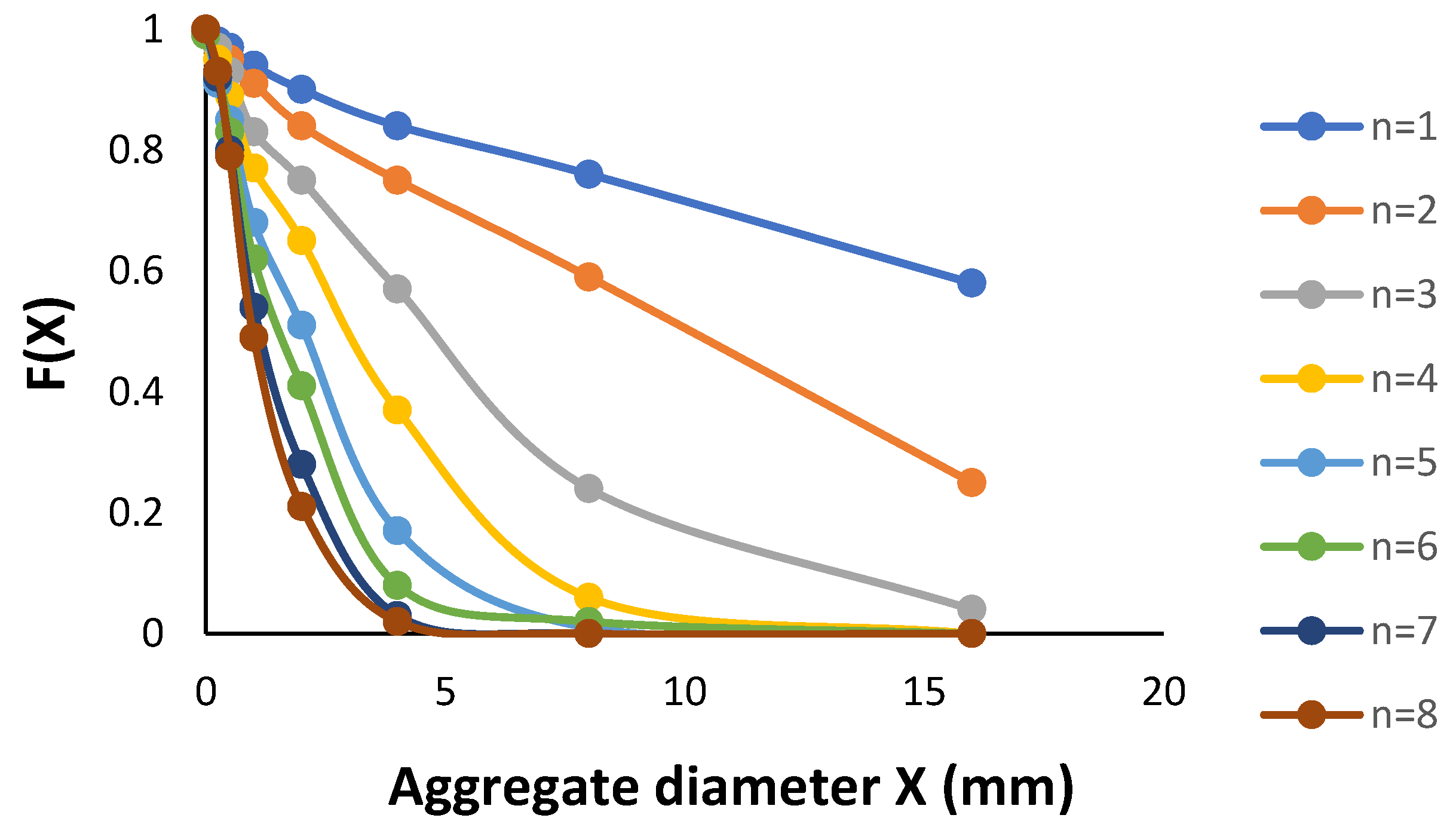
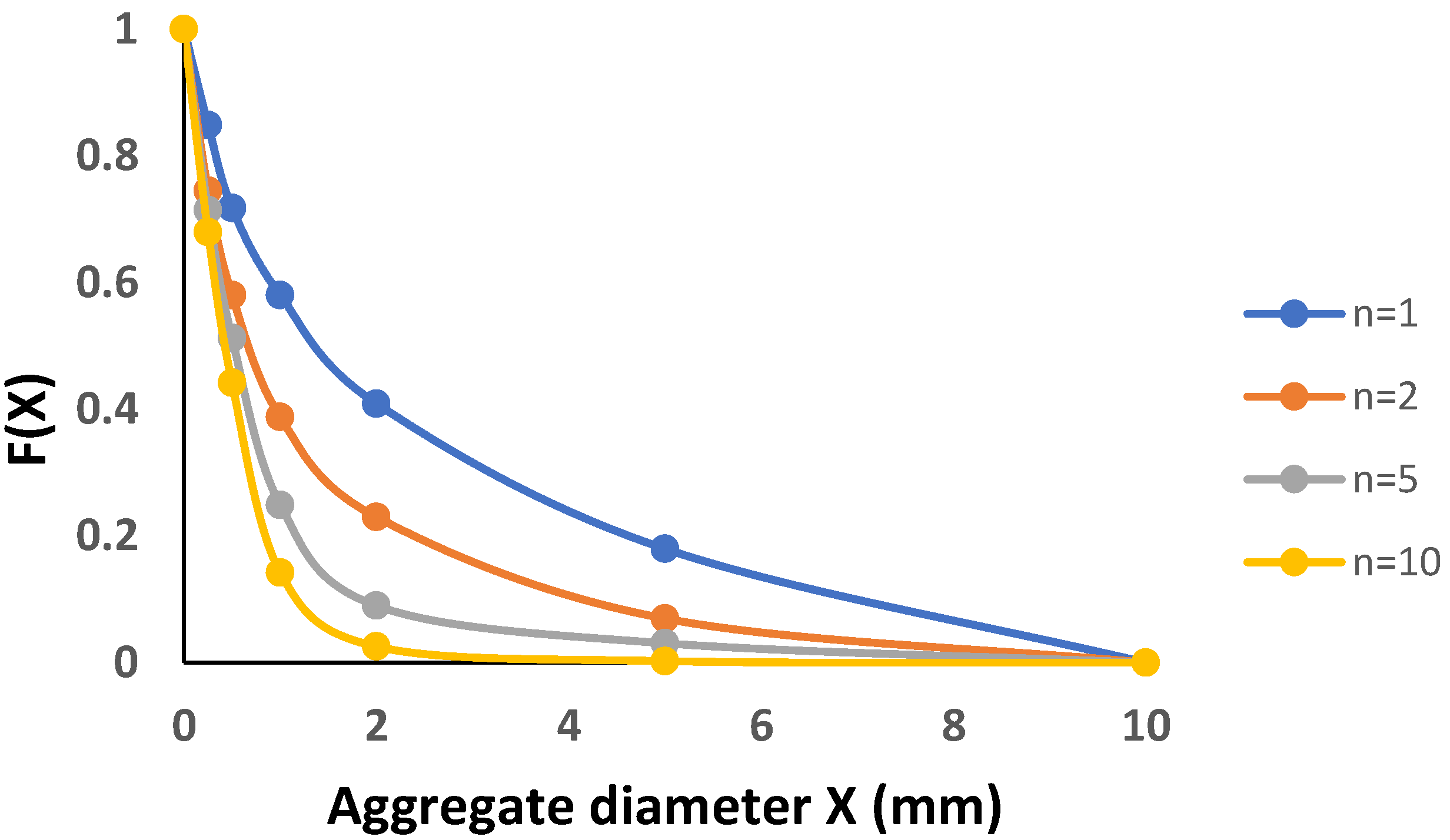
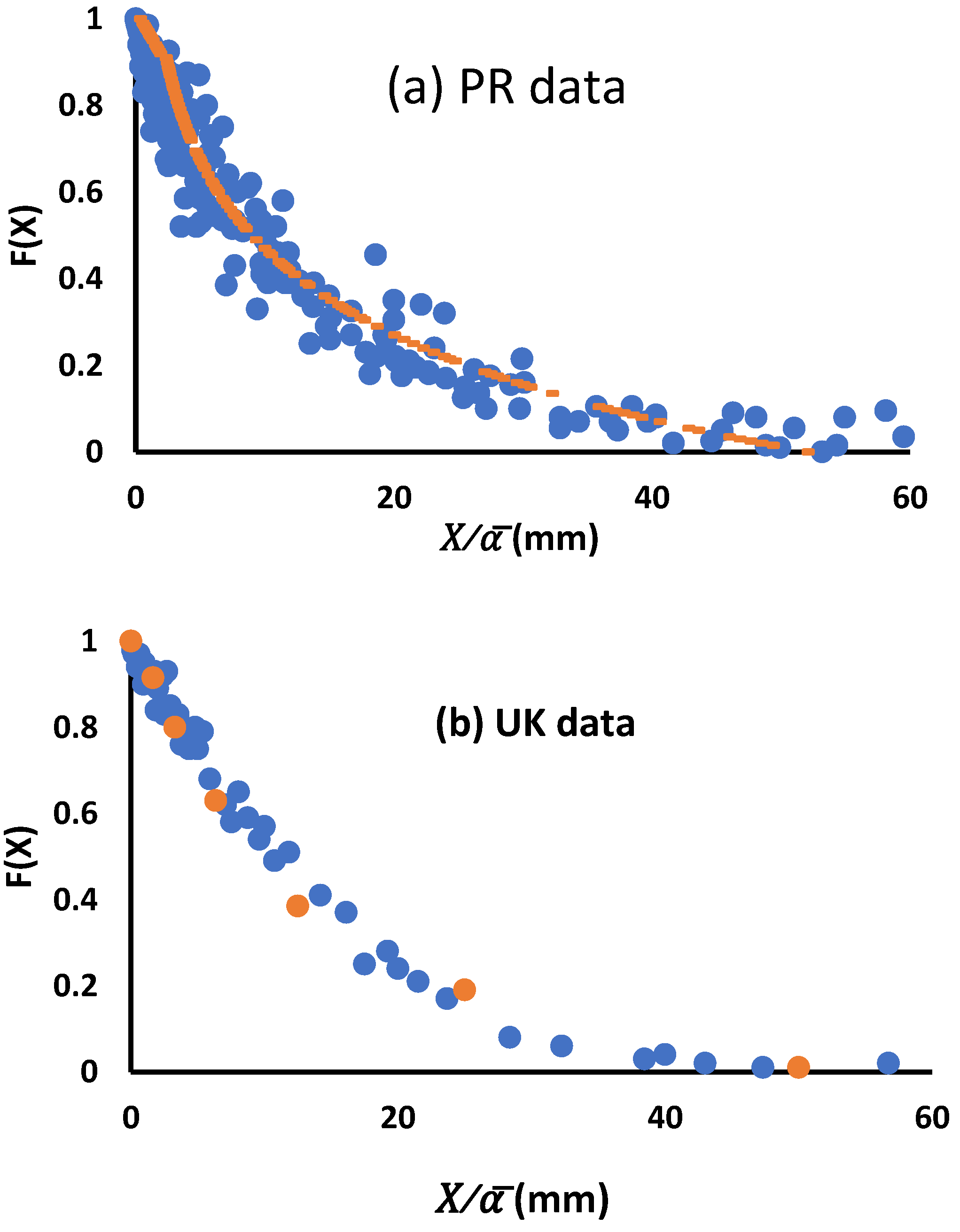
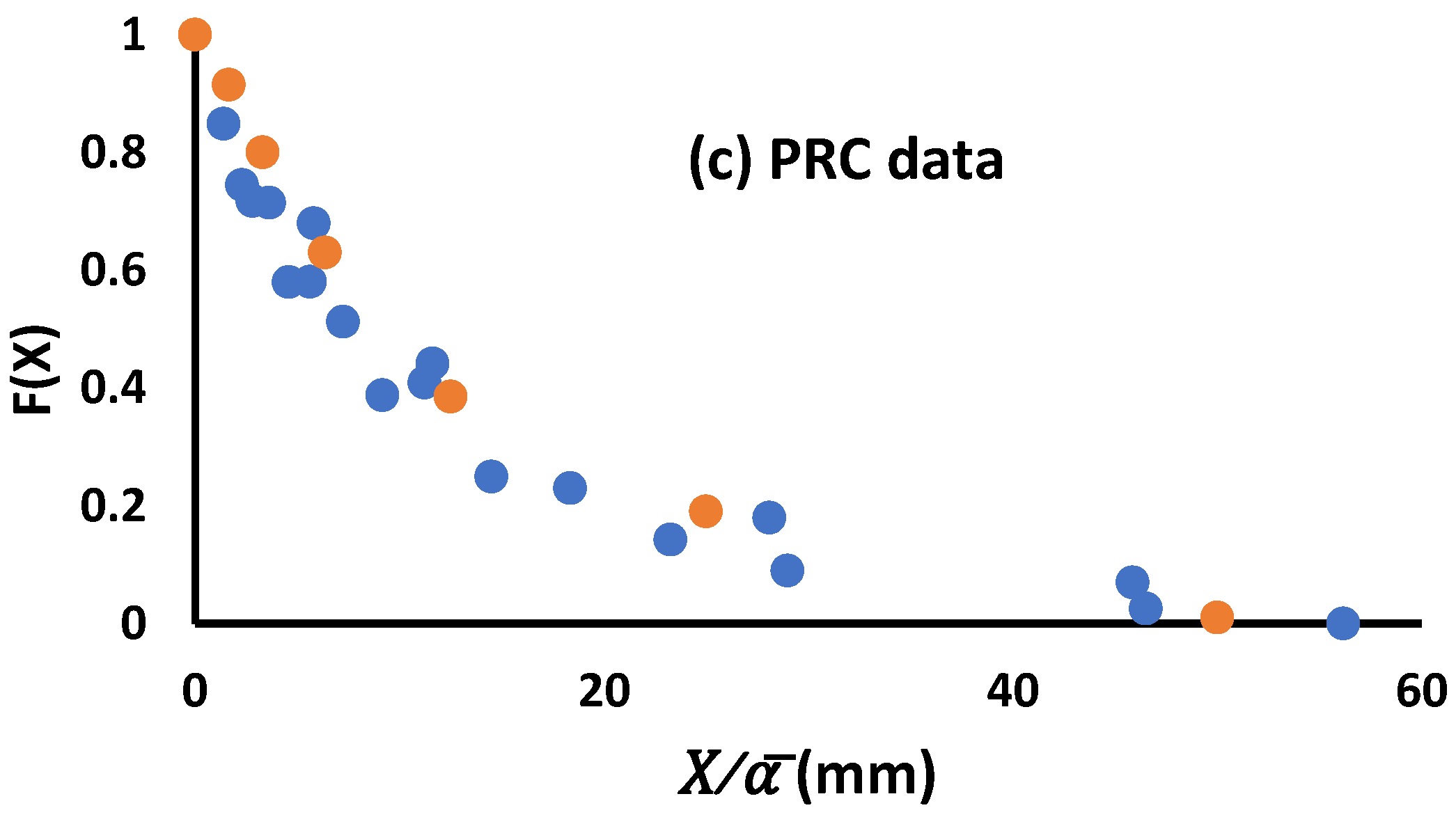

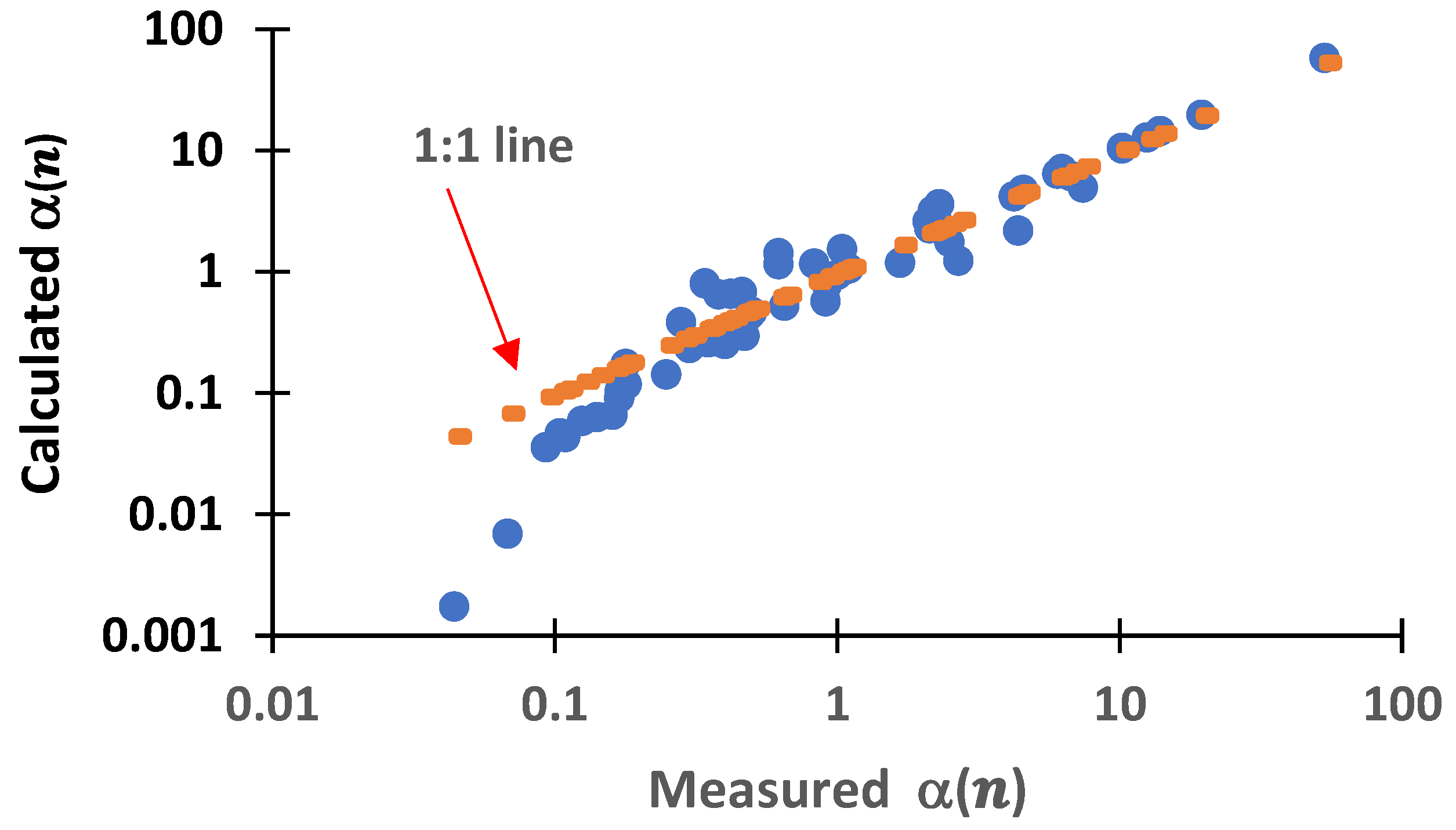
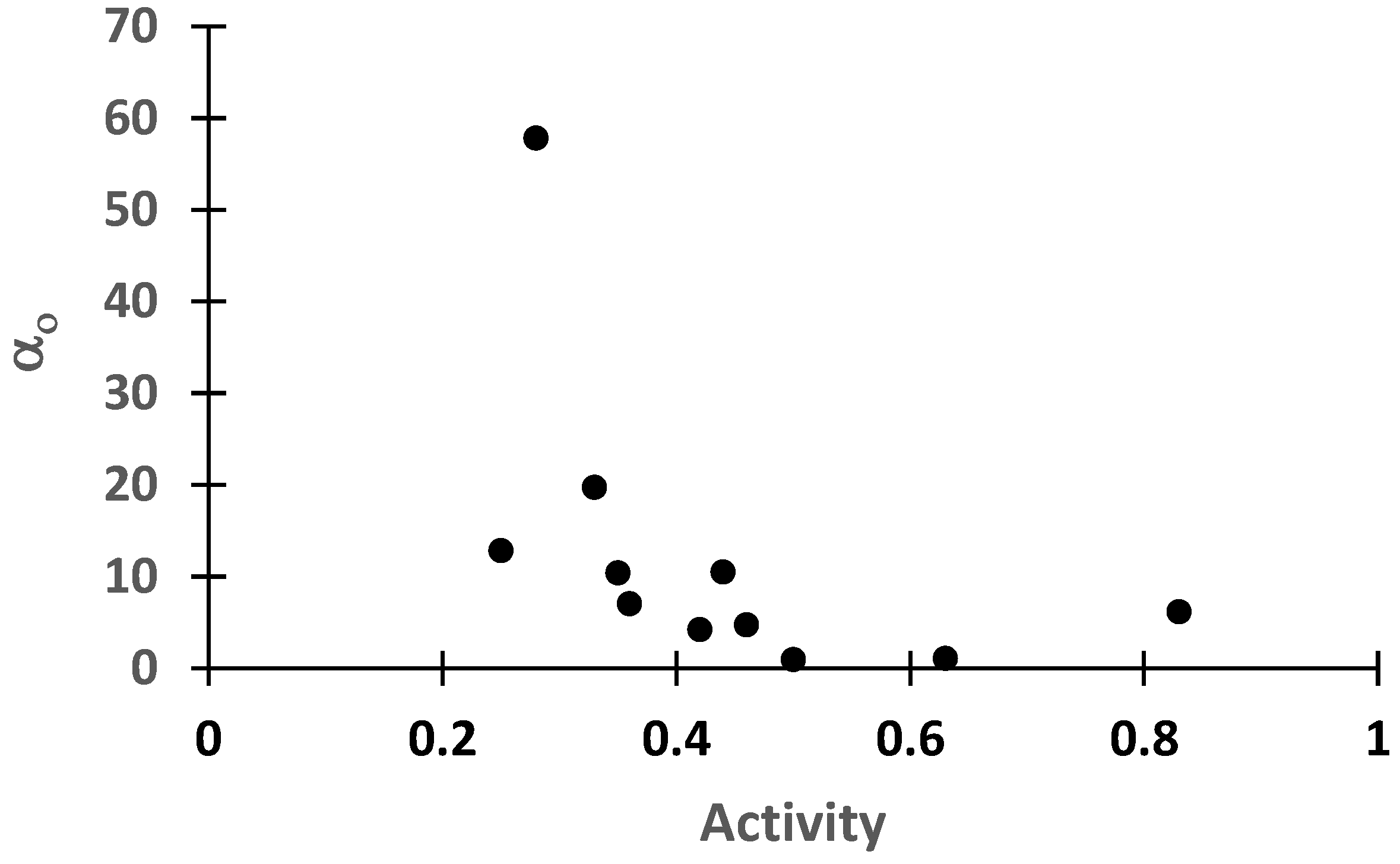
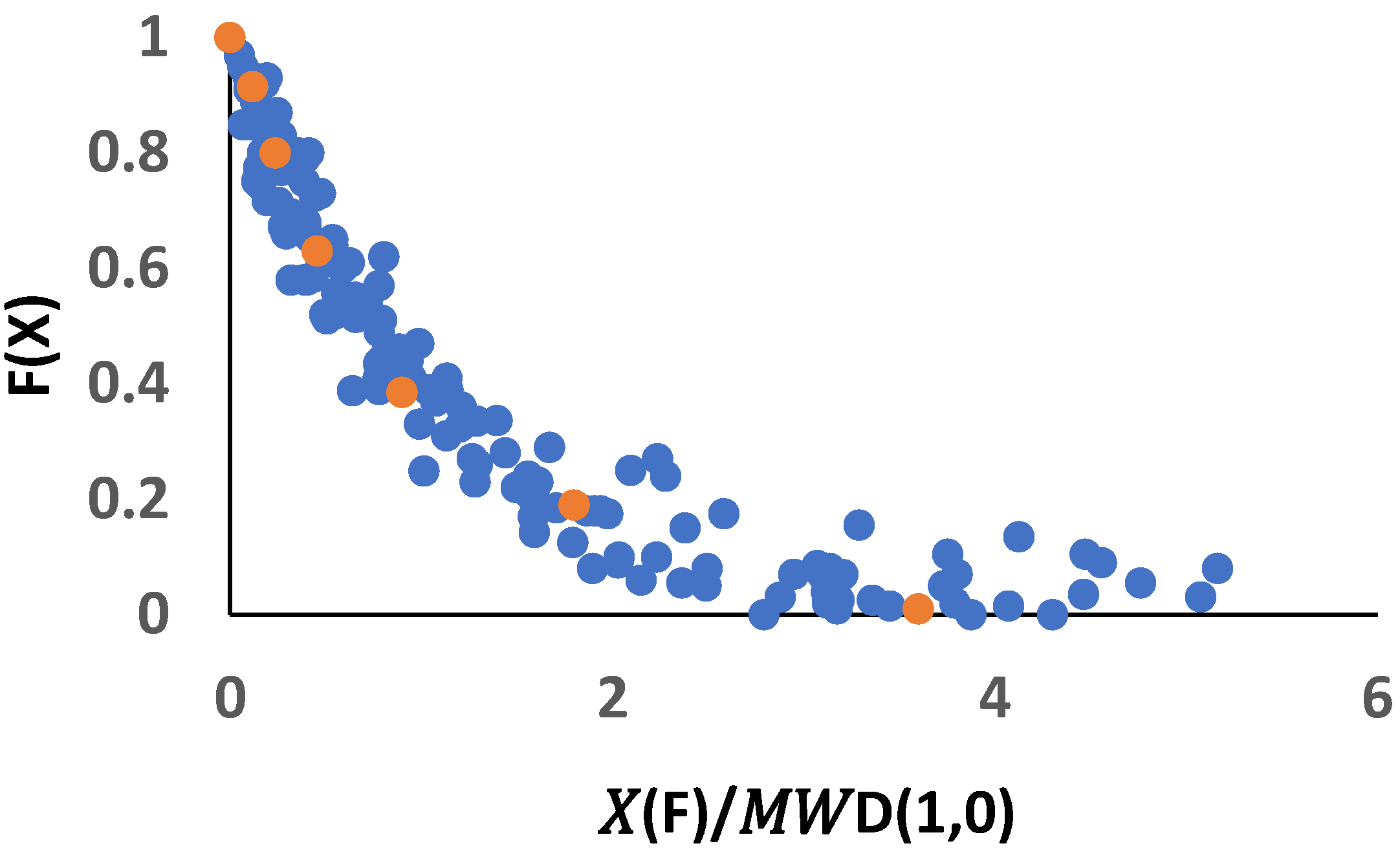
| Soil Series | Classification According to USDA Soil Taxonomy |
|---|---|
| Coto | Very-fine, kaolinitic, isohyperthermic Typic Eutrustox |
| Catalina | Very-fine, ferruginous, isohyperthermic Typic Hapludox |
| Daguey | Very-fine, kaolinitic, isohyperthermic Inceptic Hapludox |
| Humatas | Very-fine, parasesquic, isohyperthermic Typic Haplohumults |
| Corozal | Very-fine, parasesquic, isohyperthermic Typic Hapludults |
| Alonso | Very-fine, parasesquic, isohyperthermic Oxic Dystrudepts |
| Múcara | Coarse-loamy, vermiculitic, isohyperthermic Dystric Eutrudepts |
| San Antón | Fine-loamy, mixed, superactive, isohyperthermic Cumulic Haplustolls |
| Mabí | Very-fine, mixed, active, isohyperthermic Aquic Hapluderts |
| Fraternidad | Fine, smectitic, isohyperthermic Typic Haplusterts |
| Cartagena | Fine, mixed, superactive, isohyperthermic Sodic Haplusterts |
| SoilSeries | Soil Particle Size Classes (Percent by Mass) | Bulk Density(Mg m−3) | Atterberg Limits | Coefficient of Activity | Organic Matter Content (Percent) | |||
|---|---|---|---|---|---|---|---|---|
| Sand | Silt | Clay | Liquid Limit | PIasticity Index | ||||
| Coto | 29 | 4 | 67 | 1.46 | 49 | 19 | 0.28 | 3.86 |
| Catalina | 6 | 20 | 74 | 1.21 | 66 | 19 | 0.25 | 1.24 |
| Daguey | 23 | 22 | 55 | 1.43 | 62 | 23 | 0.42 | 1.42 |
| Humatas | 15 | 36 | 50 | 1.23 | 49 | 17 | 0.33 | 2.87 |
| Corozal | 20 | 18 | 61 | 1.39 | 58 | 22 | 0.35 | 2.15 |
| Alonso | 23 | 22 | 55 | 1.30 | 58 | 20 | 0.36 | 2.16 |
| Múcara | 34 | 18 | 48 | 1.51 | 55 | 21 | 0.44 | 2.67 |
| San Antón | 39 | 26 | 34 | 1.62 | 40 | 16 | 0.47 | 2.41 |
| Mabí | 40 | 21 | 39 | -- | 64 | 32 | 0.82 | 2.15 |
| Fraternidad | 31 | 19 | 50 | 1.51 | 62 | 32 | 0.64 | 2.47 |
| Cartagena | 24 | 13 | 63 | 1.45 | 64 | 31 | 0.49 | 2.42 |
| Soil | n = 1 | n = 2 | n = 3 | n = 4 | n = 5 | n = 6 | n = 7 | n = 8 | n = 10 |
|---|---|---|---|---|---|---|---|---|---|
| Coto | 53.2 | 13.9 | 6.02 | 2.3 | |||||
| Catalina | 12.5 | 2.18 | 0.617 | 0.34 | |||||
| Daguey | 4.22 | 1.08 | 0.5 | 0.35 | |||||
| Humatas | 19.5 | 7.42 | 4.38 | 2.69 | |||||
| Corozal | 10.2 | 2.09 | 0.62 | 0.38 | |||||
| Alonso | 6.24 | 2.50 | 0.92 | 0.49 | |||||
| Múcara | 10.2 | 2.26 | 0.83 | 0.42 | |||||
| San Antón | 4.55 | 1.67 | 0.65 | 0.47 | |||||
| Mabí | 6.74 | 1.04 | 0.46 | 0.28 | |||||
| Fraternidad | 1.1 | 0.38 | 0.18 | 0.16 | |||||
| Cartagena | 1 | 0.298 | 0.173 | 0.125 | |||||
| Gley soil (UK) | 2.12 | 0.914 | 0.4 | 0.248 | 0.169 | 0.141 | 0.104 | 0.093 | |
| Y.-Br. earth (PRC) | 0.178 | 0.109 | 0.068 | 0.044 |
| Soil | B | |
|---|---|---|
| Oto | 57.8 | −2.2 |
| Catalina | 12.8 | −2.69 |
| Daguey | 4.19 | −2.03 |
| Humatas | 19.7 | −1.41 |
| Corozal | 10.4 | −2.45 |
| Alonso | 7.03 | −1.84 |
| Múcara | 10.5 | −2.30 |
| San Antón | 4.73 | −1.69 |
| Mabí | 6.13 | −2.33 |
| Fraternidad | 1.06 | −1.46 |
| Cartagena | 0.94 | −1.52 |
| Gley soil (UK) | 2.28 | −1.57 |
| Y.-Brown earth (PRC) | 0.173 | −0.59 |
Publisher’s Note: MDPI stays neutral with regard to jurisdictional claims in published maps and institutional affiliations. |
© 2022 by the authors. Licensee MDPI, Basel, Switzerland. This article is an open access article distributed under the terms and conditions of the Creative Commons Attribution (CC BY) license (https://creativecommons.org/licenses/by/4.0/).
Share and Cite
Snyder, V.A.; Vázquez, M.A. Similarities in Evolution of Aggregate Size Distributions during Successive Wetting and Drying Cycles of Heavy Textured Soils of Variable Clay Mineralogy. Hydrology 2022, 9, 30. https://doi.org/10.3390/hydrology9020030
Snyder VA, Vázquez MA. Similarities in Evolution of Aggregate Size Distributions during Successive Wetting and Drying Cycles of Heavy Textured Soils of Variable Clay Mineralogy. Hydrology. 2022; 9(2):30. https://doi.org/10.3390/hydrology9020030
Chicago/Turabian StyleSnyder, Victor A., and Miguel A. Vázquez. 2022. "Similarities in Evolution of Aggregate Size Distributions during Successive Wetting and Drying Cycles of Heavy Textured Soils of Variable Clay Mineralogy" Hydrology 9, no. 2: 30. https://doi.org/10.3390/hydrology9020030
APA StyleSnyder, V. A., & Vázquez, M. A. (2022). Similarities in Evolution of Aggregate Size Distributions during Successive Wetting and Drying Cycles of Heavy Textured Soils of Variable Clay Mineralogy. Hydrology, 9(2), 30. https://doi.org/10.3390/hydrology9020030





